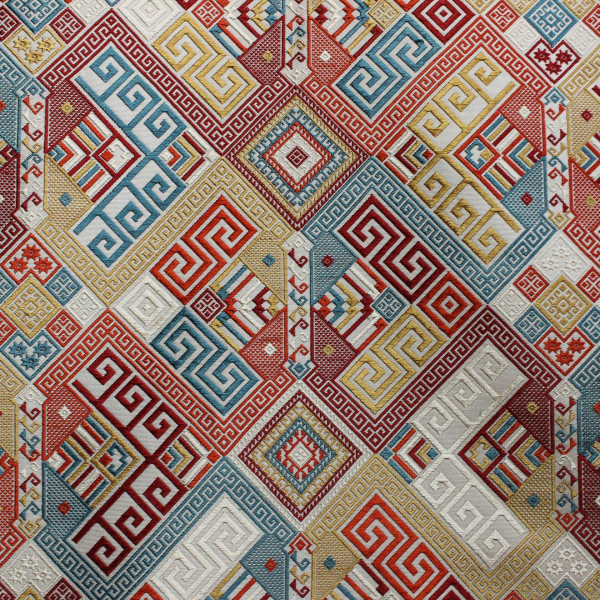KPL
(KPL) The UNESCO Intergovernmental Committee designated on Wednesday Laos’ traditional naga motif weaving as Intangible Cultural Heritage of Humanity.
Women across the Lao PDR weave Naga designs onto their traditional skirts for protection and strength. The Naga is a mythical, serpent-like creature that lives in rivers. Lao people believe that Naga are ancestors that watch over them. To show their respect, they add Naga motifs to different objects, the most common of which is textiles through weaving.

Naga pattern, photo by Ock Pop Tok
(KPL) The UNESCO Intergovernmental Committee designated on Wednesday Laos’ traditional naga motif weaving as Intangible Cultural Heritage of Humanity.
Women across the Lao PDR weave Naga designs onto their traditional skirts for protection and strength. The Naga is a mythical, serpent-like creature that lives in rivers. Lao people believe that Naga are ancestors that watch over them. To show their respect, they add Naga motifs to different objects, the most common of which is textiles through weaving.
Naga motifs are woven by hand using a traditional wooden loom. The motif is created during the weaving process. It is neither embroidered nor printed. The patterns can be woven in silk, silk organza and cotton, and traditionally the Naga’s body is woven in white or a solid colour, with bright colours used for the crest to symbolize the creature’s supernatural powers. The centuries-old practice is transmitted informally within families, and in vocational centres, cultural centres and universities. Textiles with the Naga design are used throughout a person’s life.
The UNESCO recognition of the Lao Naga motif weaving marks the fifth acknowledgment of Lao cultural heritage after three sites became UNESCO World Heritage sites—Luang Prabang Town, Plains of Jars in Xieng Khuang, and Vat Phou in Champassak—and one was inscribed on the Intangible Heritage list—Lao khaen music.
KPL